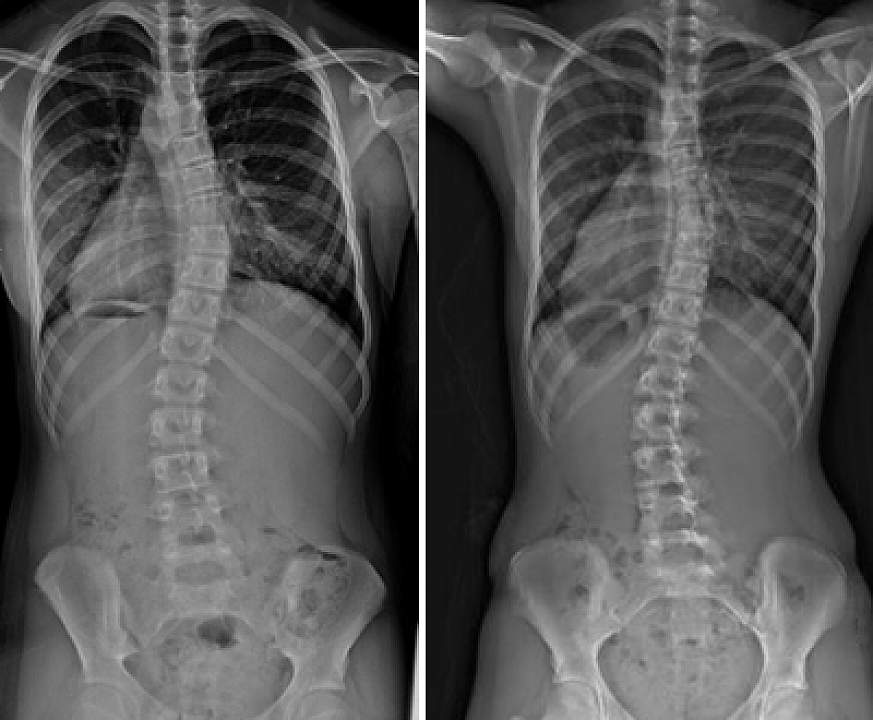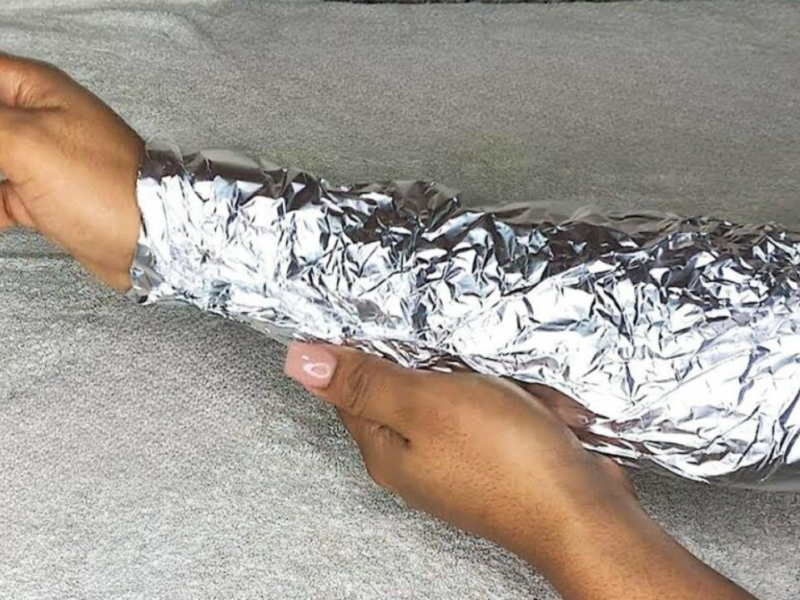Back pain is not the only symptom of scoliosis. Although it is most common and clear, there are some seemingly unrelated symptoms of scoliosis that you should pay attention to if you find them.
According to the way that a bended back can influence the remainder of your health, don’t overlook these side effects.
Crooked vertebrae
If you find that your vertebrae are more pronounced on one side, this is probably due to a very distorted back. When scoliosis is present, the back line is usually moved laterally or sideways. The main sign of scoliosis is the torsion of the vertebrae as a result of rotation of the back, all of which results in the occurrence of a hook. However, the deformity of the vertebrae can appear on its own, not as a sign of scoliosis.
Uneven shoulders
Stand up and look in the mirror to check whether one shoulder is higher than the other. Due to lateral rotation of the back, one shoulder and the paddle may be more pronounced than the other. In this case, although it looks more pronounced, the paddle has not changed by itself. This shoulder position can be an inconspicuous indication of scoliosis, yet can without much of a stretch be a result of poor stance.
The sole of one foot is more worn than the sole of the other
Judging by the fact that the curved back moves the pelvis, it can also cause uneven walking. This change in the hips, which are not even, can cause uneven wear on one foot compared to the other. The raised hip is reportedly a consequence of low back deformity resulting in a curved back.
Discomfort while moving
Given the movement disorder that causes scoliosis, you can see that as you move, your hand movements are no longer the same as before. It is a consequence of muscle imbalance, which prevents the body from moving properly.
Chronic muscle tension
On the off chance that your body is marginally twisted, it can cause upsetting agony. After some time, scoliosis can cause muscle awkward nature in the back, which causes chronic muscle tension.
Breathe harder
Scoliosis can limit the spread of ribs, so people who suffer from it often have trouble breathing. Respiratory damage is a consequence of high scoliosis.




